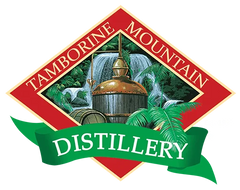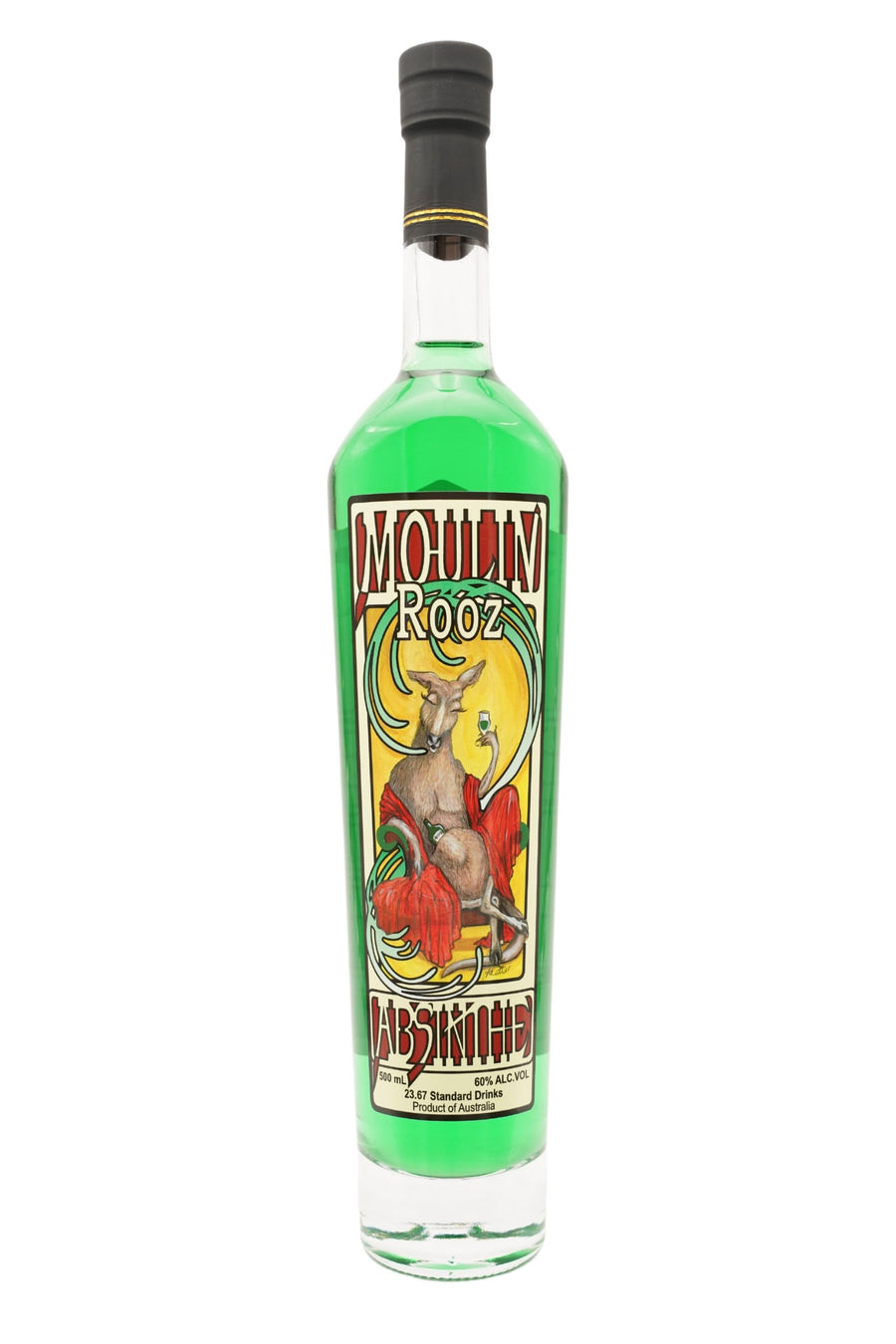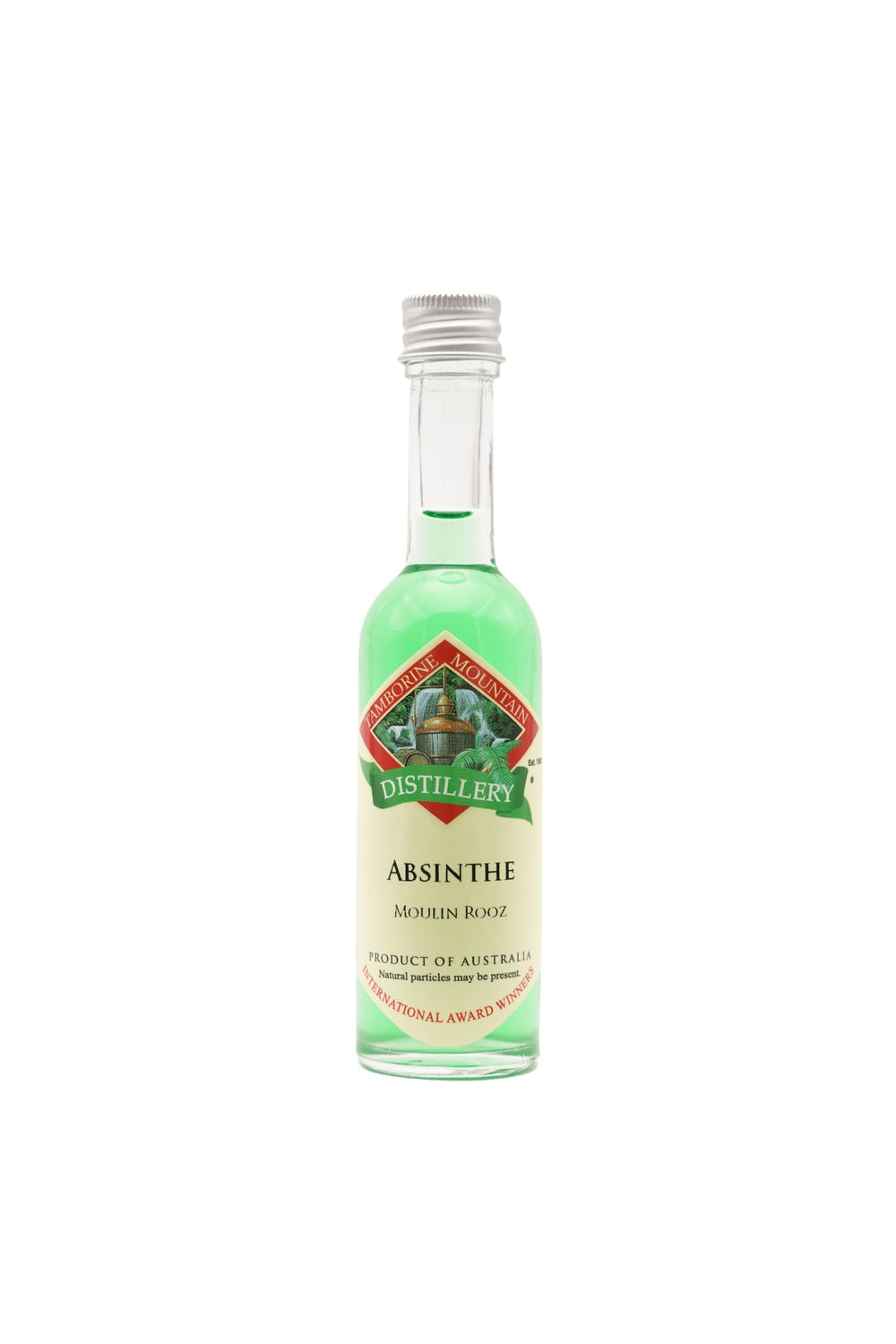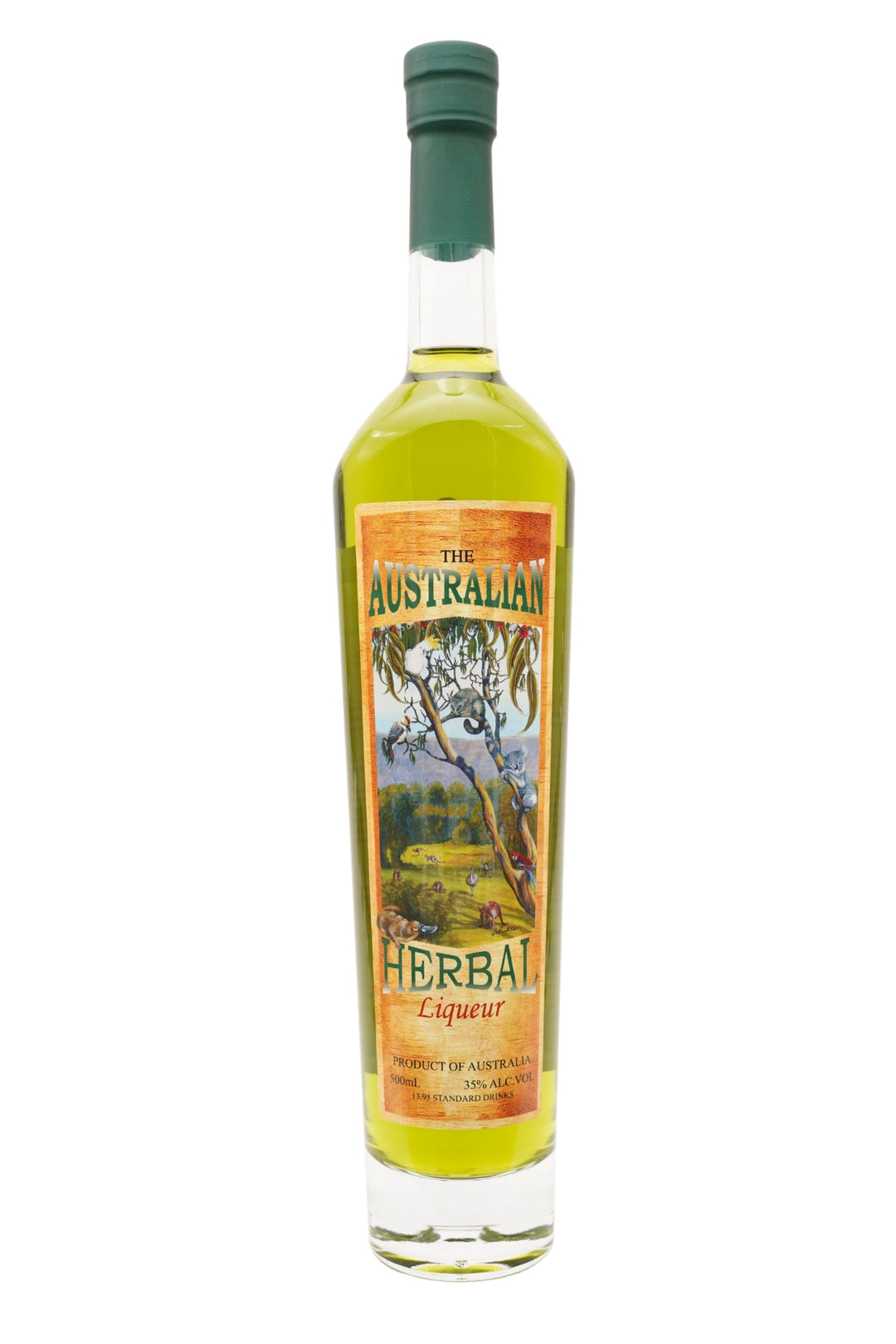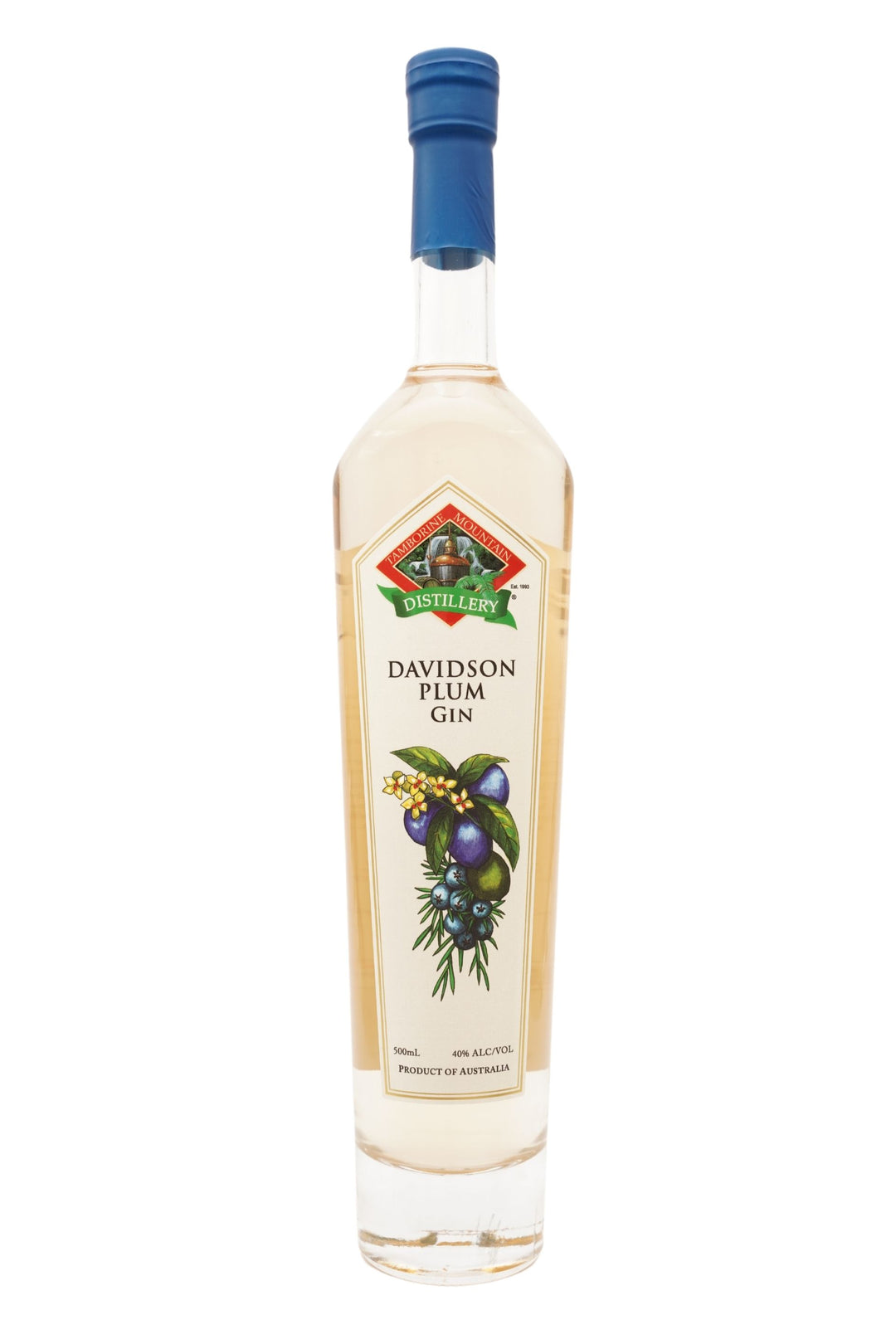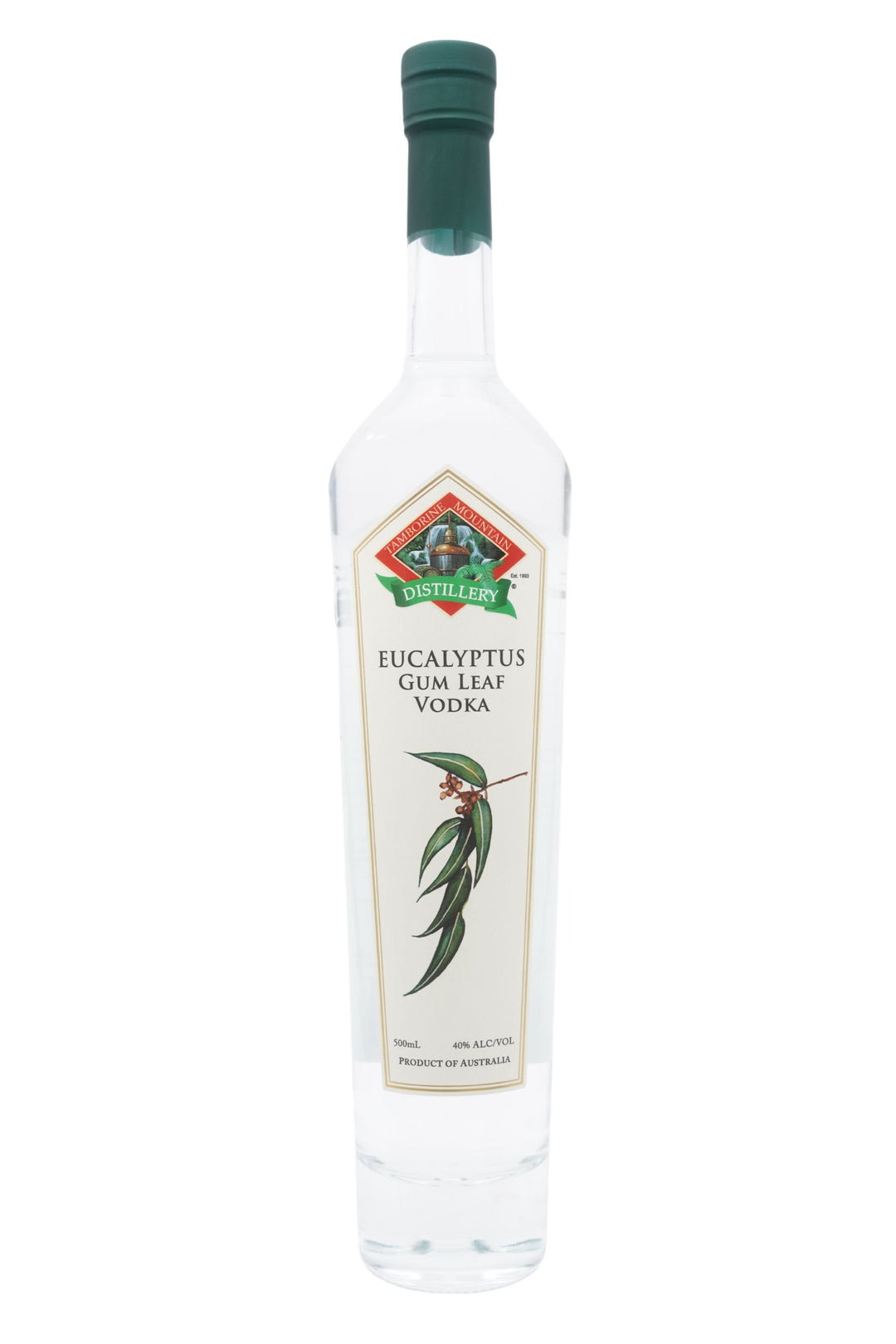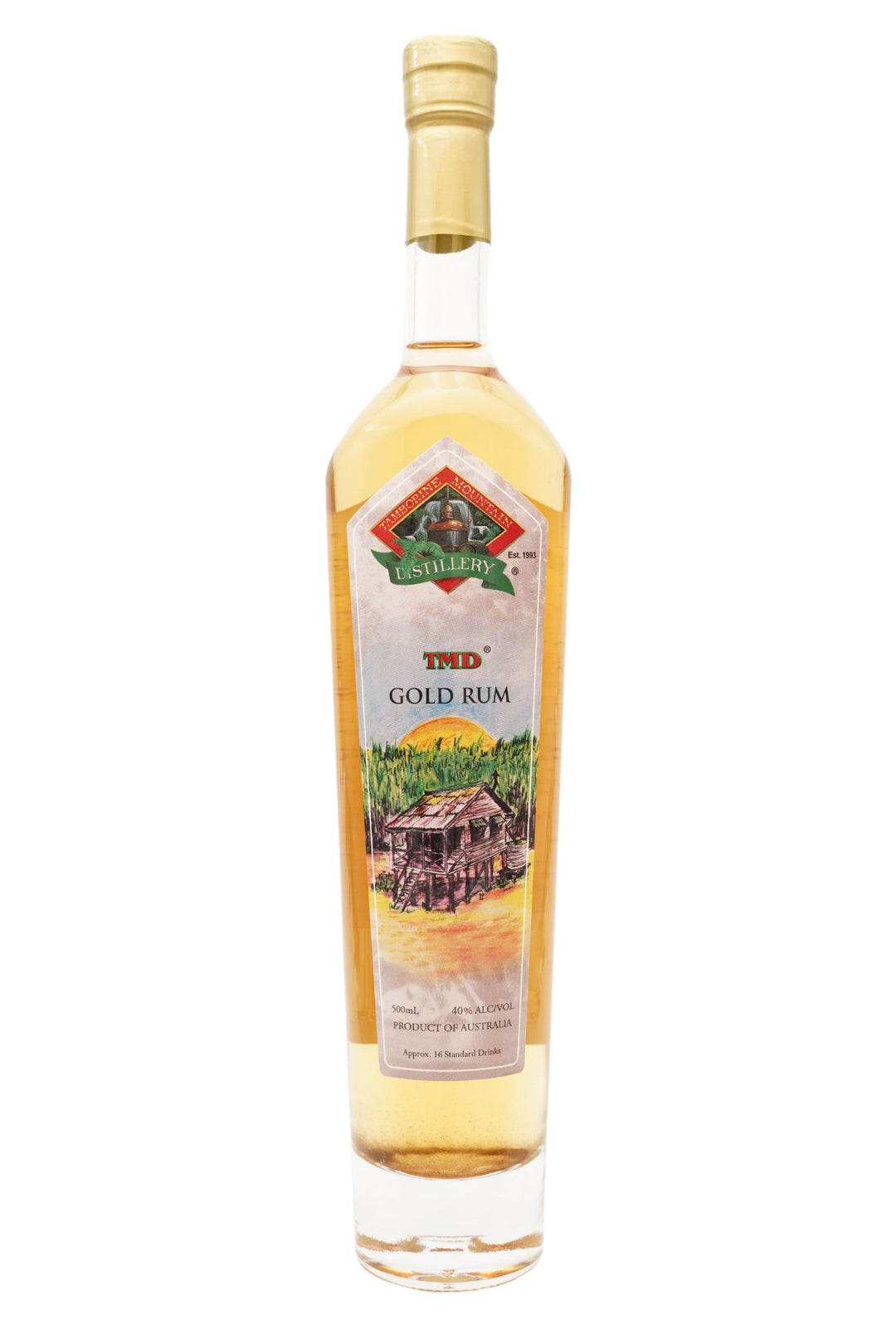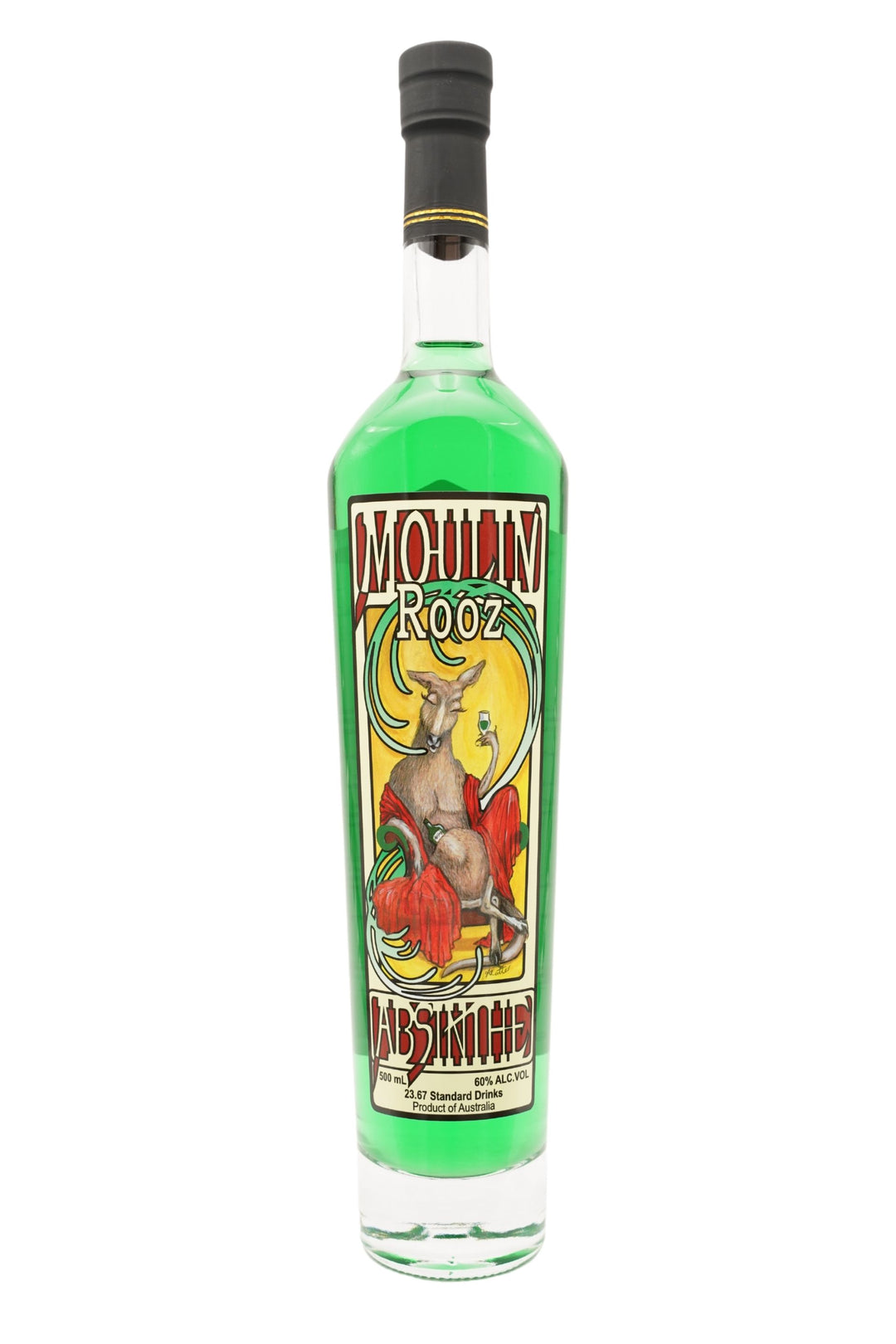Absinthe is one of the most famous drinks in history, but many people don’t know where it comes from or how to drink it.
What is absinthe made of? Absinthe is a legendary spirit that has been shrouded in mystery for centuries. Absinthe is made from a variety of herbs and other plants, including Artemisia absinthium (“grand wormwood”), green anise, sweet fennel, and others. It was first produced in Switzerland in the late 18th century and was popularized in Paris by the 19th century until it was banned in the early 1900s.
Absinthe is one of the most famous drinks in history, but many people don’t know where it comes from or how to drink it.
This article will tell you everything you need to know about absinthe: its origins, its history, and how to enjoy this historic beverage properly.
Where Absinthe comes from?
For centuries, wormwood has been used as an infusion or maceration in a multitude of medicinal potions. But it was in Couvet, Switzerland that Mother Henriod distilled it for the first time with alcohol at the end of the 18th century. She had the idea of creating this first wormwood-based elixir to treat painful stomachs, first by infusion then by distillation.
Dubied Pere & Fils Absinthe Label
It was at this time that Major Daniel Henri Dubied-Duval bought her recipe and founded in Couvet, the first absinthe distillery in history, “Dubied, Père et Fils”, with his son Marcelin and his son-in-law Henri-Louis Pernod.
As early as 1830, French soldiers took it to Algeria to purify the water and brought it back to France, where it was a huge success. The spirit quickly became the favourite aperitif of the whole of Paris, even becoming the French “national drink”. At the turn of the century, 90% of the aperitifs drunk in France were absinthe.
Who drank absinthe?
In the late 1850s, the phylloxera, an insect that attacks vines, ravages two thirds of European vineyards in less than 10 years. Wine becomes scarce and expensive, only affordable by the bourgeoisie. The middle class must find an alternative: absinthe.
Unlike other liquors, absinthe has a reputation for stimulating creativity and bringing out hidden talents. It was often consumed by writers, artists and poets as they sought inspiration.
Therefore, the hour of the aperitif—between five and seven—is nicknamed “L’Heure Verte” (the green hour). Everyone goes to take their absinthe. Famous absinthe drinkers, like poets Baudelaire, Hemingway and Rimbaud were all known for writing about their experiences with absinthe. And painters like Van Gogh, Manet and Degas were inspired by absinthe’s colour palette to create some of their most famous works.
L’absinthe by Edgar Degas – 1873
When was absinthe banned?
In the early 19th century, Absinthe was also known to cause hallucinations in high doses, and it was blamed for causing violent behaviour in some drinkers.
Subsequently, in 1905, a sensational murder in Switzerland was blamed on absinthe. The incident spurred a campaign by the recovering wine industry to ban absinthe. This campaign was successful in Europe and other parts of the world.
But, why was absinthe banned? Thujone, a neurotoxic substance naturally present in the wormwood plant, is thought to be the culprit behind absinthe’s effects — including its psychoactive effects that could make you crazy or violent when drunk in high doses. This led to bans on production and sale throughout most of Europe and North America through much of the 19th century.
However, in the 1990s and 2000s, absinthe was re-legalised in many parts of the world, often with limits in place on the amount of thujone allowed to be present.
The ban on absinthe was lifted because it became clear that these fears were not justified. Many scientists are now saying that there are no toxic effects from drinking absinthe whatsoever. In fact, many researchers have concluded that the only danger of consuming absinthe comes from its high alcohol content.

Le Peril Vert depicts absinthe ravaging the French population. The artist, T. Bianco, was a well-known satirical illustrator.
Source: David Nathan-Maister and the Virtual Absinthe Museum, oxygenee.com
Is absinthe illegal in Australia?
The history of absinthe in Australia has been a complicated one, with the spirit having never been outright banned but instead requiring a permit for importation and manufacture. This is due to the restrictions on importing any product containing “oil of wormwood”.
However, in 2000, an amendment made all wormwood species prohibited herbs for food purposes under Food Standard 1.4.4. Prohibited and Restricted Plants and Fungi. This amendment was later found to be inconsistent with other parts of the pre-existing Food Code and was withdrawn in 2002 during the transition between codes, thereby continuing to allow absinthe manufacture and importation through the existing permit-based system.
Tamborine Mountain Distillery produced in 2007 Australia’s first premium absinthe under their Moulin Rooz brand.
Michael and Alla Ward, founders of Tamborine Mountain Distillery, won their first gold medal in 2007 at the World Spirits Competition for their Moulin Rooz Absinthe! 94 out of a 100
Moulin Rooz Absinthe
The name of our French-inspired brand, Moulin rooz, is a play on words that refers to the famous Parisian cabaret and symbol of the “Belle Epoque”, Le Moulin Rouge, as well as Australia’s national emblem, the kangaroo.
The label and design are inspired by the art nouveau movement and its use of bold colours, bright patterns and flowing lines.
Regarded as the first premium Australian made absinthe, our Moulin Rooz Absinthe has won nine awards around the world, since its creation in 2007.
Our
Moulin Rooz Absinthe is an authentic absinthe that is based on the traditional recipe, but with a modern Australian twist. It has been distilled multiple times, and then infused with Australian botanicals like lemon and aniseed myrtle. The result is a drink that blends the floral aromas of elderflower and gentian with the earthy flavours of hyssop and fennel and of course the infamous Wormwood. A perfect expression of bitter and aromatic herbs, with hints of the Australian Bush.
How to drink Absinthe?
Absinthe is a distilled spirit that combines aniseed flavours with a wide variety of medicinal plants. What does absinthe taste like? It can be compared to the French pastis, Turkish raki or Greek ouzo in its taste but would be reductive to limit it to these flavours alone.
Generally, absinthe is usually drunk diluted in water. The ritual of diluting absinthe with water is called “la louche” and is one of the characteristics of this spirit. When added to water, absinthe becomes cloudy (what specialists call “la louche”) and its aromas are exacerbated. One generally counts one third of pure absinthe for two thirds of water. Furthermore, the water should be very cold, but ice cubes should not be in direct contact with the absinthe, as that would numb the liquid’s taste.
Absinthe has a long and fascinating history, but it is also famous for its unique tasting ritual.
As a matter of fact, absinthe lovers everywhere have been enjoying absinthe with an absinthe fountain since the 19th century. This elegant piece of equipment allows you to create a perfect mix of absinthe and water. It consists of a spigot that controls the flow of water into your glass, and it gives you complete control over how much water goes into your glass at any given time.
The absinthe glass itself is also quite intriguing—it’s shaped like a corolla, which allows for optimal diffusion while also giving you an easy way to measure the amount of absinthe in each drink.
And last but not least, there’s the spoon! A lump of sugar goes on this
special perforated spoon placed horizontally on the rim of your glass. The water will go through the sugar and dissolve it so it can sweeten your drink!
As you can see, absinthe is a truly fascinating spirit that blends mystery, legend, and tradition. It’s one of the most interesting drinks in the world, with an amazing history and a resurgence that is sure to continue. We highly recommend joining us on the journey of rediscovering this lost drink!








